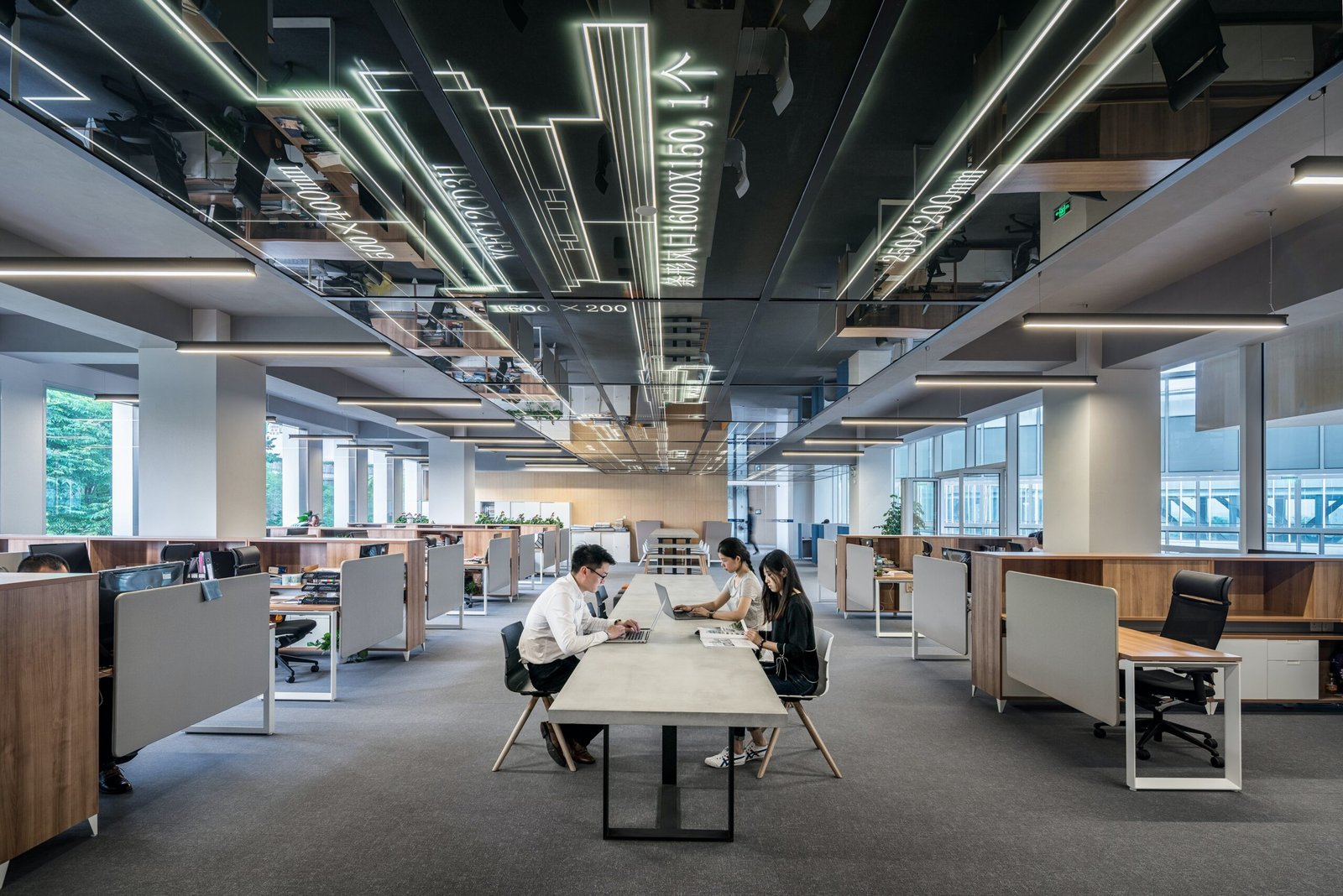The way that we work has been changing rapidly in recent years suggesting the evolving work paradigms. The rise of technology has made it possible for people to work from anywhere in the world, and the shift to a more service-based economy has created new opportunities for freelancers and independent contractors. As a result, there is now a wider variety of ways to work than ever before. Here are some of the most common ways that people are working today:
- Traditional full-time employment: This is still the most common way to work, but it is becoming less common as more and more companies offer flexible work arrangements.
- Remote work: This is where people work from home or from another location outside of the office. Remote work has become increasingly popular in recent years, and it is now offered by many companies.
- Freelance work: This is where people work on a contract basis for a variety of clients. Freelance work is a great option for people who want to be their own boss and set their own hours.
- Independent contracting: This is similar to freelance work, but independent contractors typically have a longer-term relationship with their clients. Independent contracting is a good option for people who want to have more control over their work.
- Gig work: This is where people do short-term, temporary work. Gig work is often done through online platforms, and it is a good option for people who want to make some extra money on the side.
These are just some of the many ways that people are working today. The way that we work is constantly evolving, and it will be interesting to see what new trends emerge in the years to come.
Evolving Work Paradigms
The world of work has undergone a dramatic transformation in recent years, driven by technological advancements, shifting demographics, and evolving attitudes toward work-life balance. Today, the traditional nine-to-five office job is no longer the sole model of employment. Instead, a multitude of diverse work arrangements have emerged, providing individuals with unprecedented flexibility and autonomy. In this article, we will delve into the various ways people are working today, shedding light on the nuances, advantages, and challenges of each paradigm.
Remote Work: The Rise of the Digital Nomad
One of the most significant shifts in contemporary work culture is the rise of remote work. Enabled by ubiquitous internet connectivity, remote work allows individuals to perform their job duties from any location, whether it be their home, a co-working space, or even while traveling as digital nomads. This newfound freedom offers flexibility, eliminates commutes, and fosters a better work-life balance. However, remote work also demands self-discipline, effective communication, and the ability to maintain boundaries between work and personal life.
Freelancing and Gig Economy: Embracing Flexibility
The gig economy has seen exponential growth, with freelancers, independent contractors, and self-employed professionals becoming increasingly prevalent. This work arrangement offers freedom and flexibility, enabling individuals to choose their projects, clients, and working hours. Freelancers can leverage their skills across multiple clients, diversifying their income streams. However, this model comes with uncertainties such as inconsistent workloads, variable income, and the responsibility of managing one’s own benefits and taxes.
Co-working Spaces: Blurring Boundaries
Co-working spaces have gained popularity as an alternative to traditional offices. These shared workspaces provide a vibrant environment where professionals from different fields can collaborate, network, and find a sense of community. Co-working spaces offer the benefits of a structured work environment, access to amenities, and opportunities for serendipitous connections. However, distractions and the potential lack of privacy can be challenges, requiring individuals to strike a balance between socializing and focusing on their work.
Flexible Schedules: Redefining the 9-to-5
Many companies now recognize the value of flexible schedules, allowing employees to choose when and where they work within certain parameters. Flexible work arrangements accommodate diverse personal circumstances, such as parenting responsibilities, health needs, or personal preferences. This approach promotes employee satisfaction, productivity, and work-life integration. Nevertheless, clear communication, coordination, and trust between employers and employees are essential to ensure the successful implementation of flexible schedules.
Collaborative Platforms: Virtual Collaboration
With the advent of collaborative platforms and digital communication tools, teamwork has transcended physical boundaries. Teams can now collaborate seamlessly across different time zones, locations, and even organizations. Virtual collaboration brings together experts from diverse backgrounds, enhancing creativity and problem-solving. However, effective virtual collaboration demands strong communication skills, cultural sensitivity, and the ability to build trust and rapport in the absence of face-to-face interactions.
The Benefits of Different Working Arrangements
There are many benefits to different working arrangements. For example, remote work can offer employees more flexibility and a better work-life balance. Freelance work can give people the opportunity to be their own boss and set their own hours. And gig work can be a good way to make some extra money on the side.
However, there are also some challenges associated with different working arrangements. For example, remote workers may feel isolated from their colleagues. Freelance workers may have to deal with inconsistent income. And gig workers may have to deal with a lack of benefits.
The Future of Work
The way that we work is constantly evolving, and it is difficult to say what the future of work will look like. However, there are some trends that suggest that we will see more flexible work arrangements in the future. For example, the rise of technology will make it possible for people to work from anywhere in the world. And the shift to a more service-based economy will create new opportunities for freelancers and independent contractors.
It is also likely that we will see more companies offer hybrid work arrangements, where employees can work from home some days and from the office other days. This type of arrangement can offer the best of both worlds, providing employees with flexibility and the opportunity to collaborate with their colleagues in person.
The future of work is uncertain, but it is clear that the way that we work is changing. As technology continues to evolve and the economy shifts, we are likely to see even more flexible work arrangements in the future.
Conclusion
The world of work is undergoing a profound transformation, marked by a departure from traditional employment models. Remote work, freelancing, co-working spaces, flexible schedules, and collaborative platforms offer individuals a range of options to shape their professional lives according to their preferences and needs. While these new paradigms present numerous benefits, they also come with challenges that require adaptation, discipline, and effective communication. As we move forward, it is crucial for policymakers, organizations, and individuals to collaborate in order to create inclusive work environments that support the diverse ways people choose to work. By embracing the changing landscape of work, we can unlock innovation, productivity, and well-being for individuals and society as a whole.


